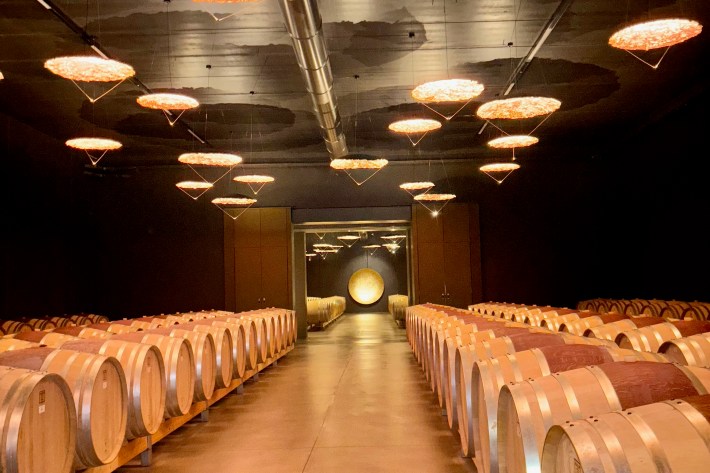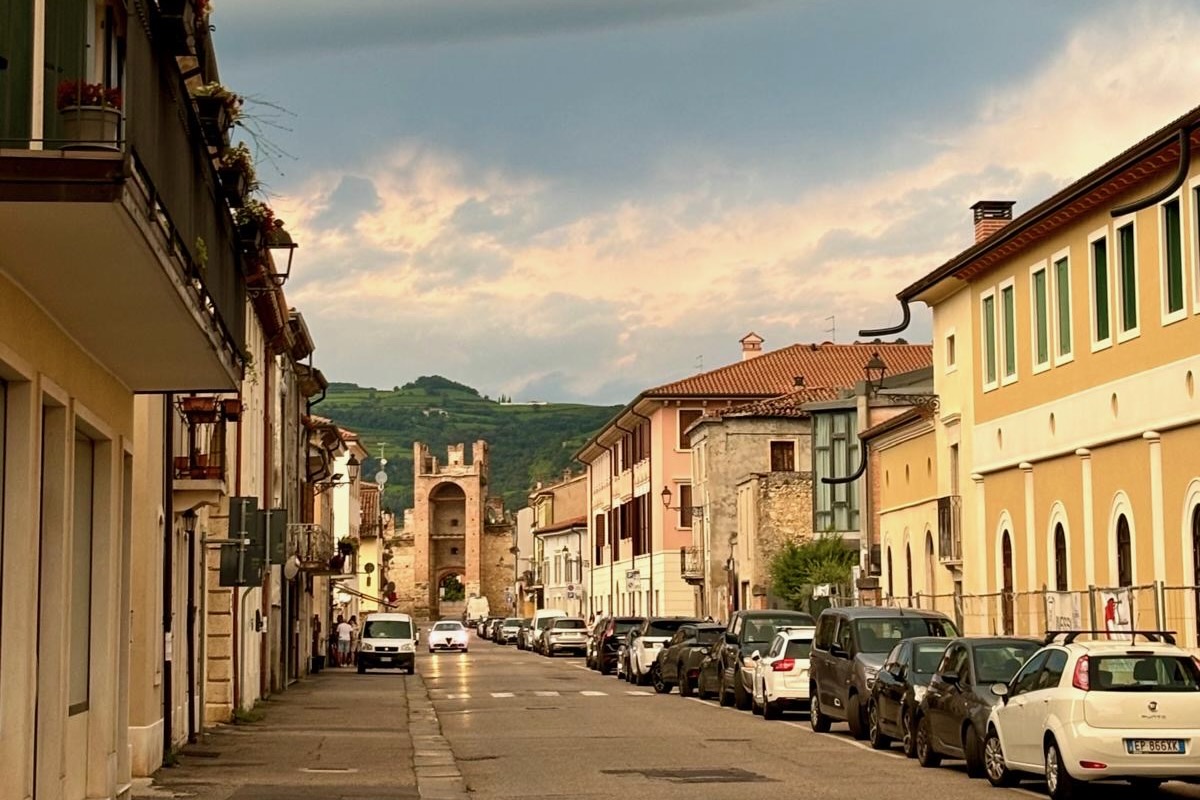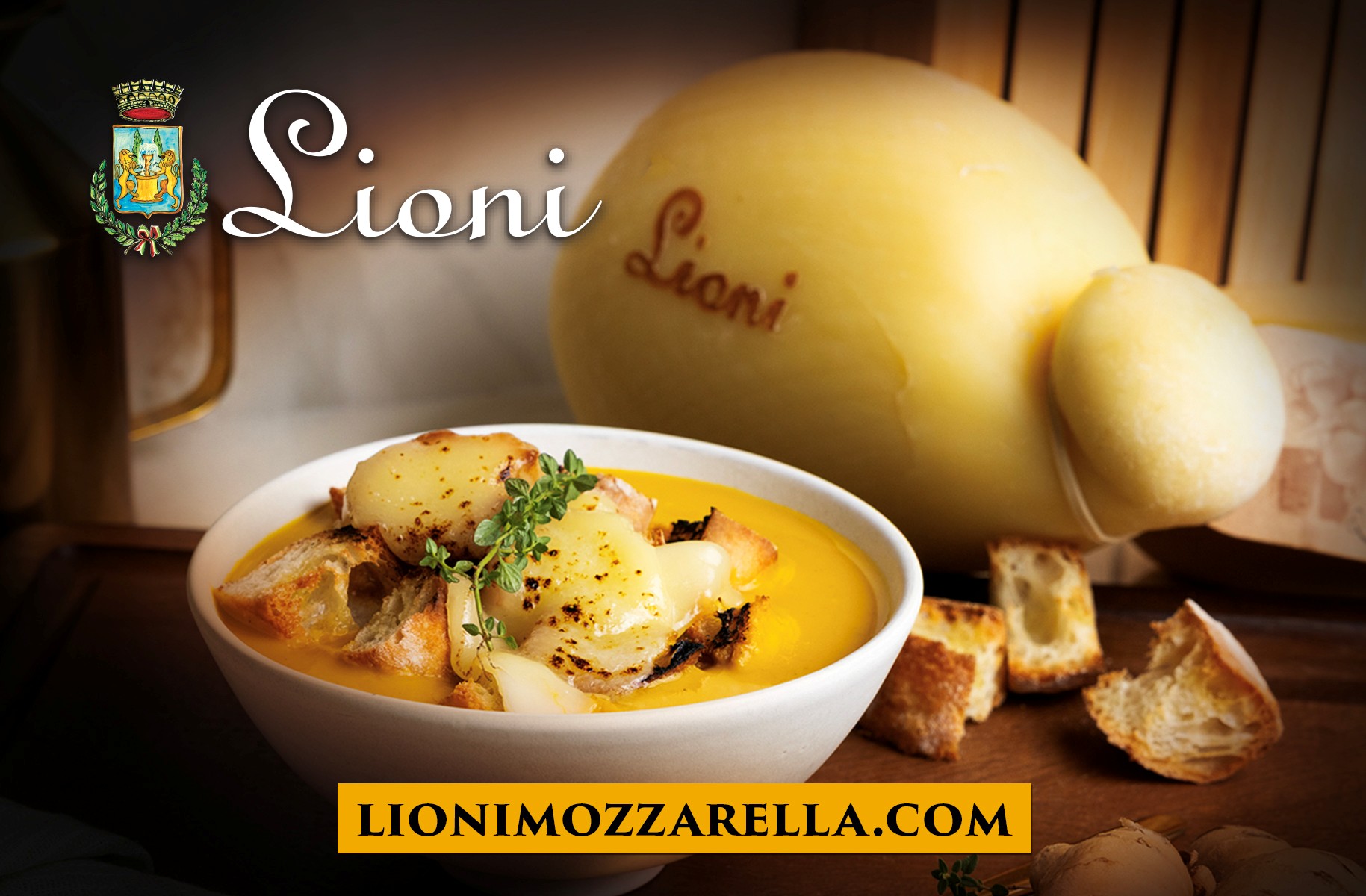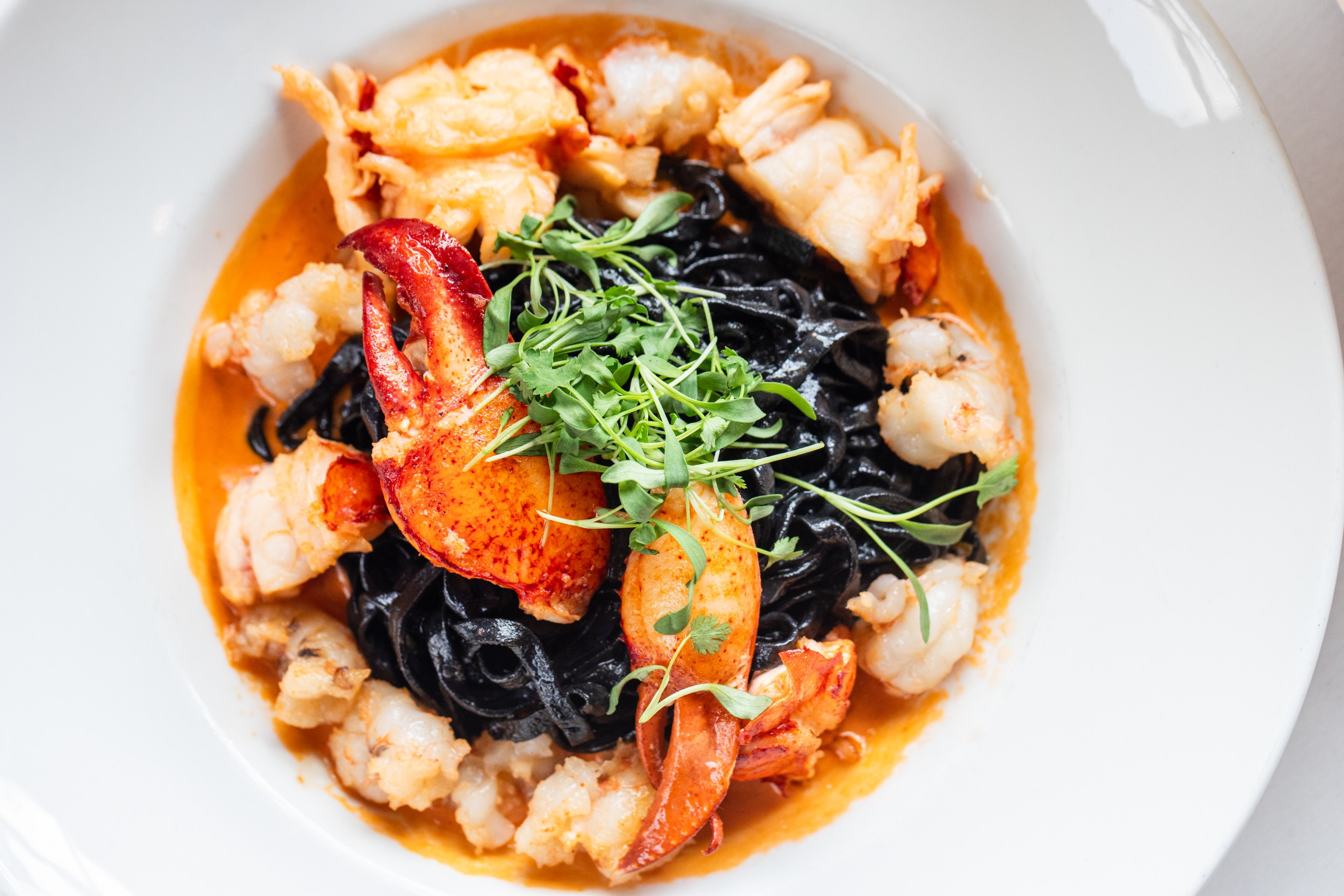Located in the northern region of Veneto, just a quick train ride east of Verona, sits the walled town of Soave – a medieval jewel whose quiet streets hum with the rhythm of vineyard life. While its prestige has ebbed and flowed over the centuries, with roots dating back to the early Roman Empire, you’ve most likely heard of it in recent years after it was dubbed the “most beautiful” village by the Borgo dei Borghi competition in 2022. And it’s easy to see why – with one of the most densely concentrated areas of wine production in all of Italy, the town is nestled within acres and acres of rolling vineyards.
The Wine That Put Soave on the Map

The primary varietal produced in Soave today is Garganega, a floral, age-worthy white wine characterized by notes of melon, citrus, and a distinct minerality drawn from the volcanic soil in which it’s grown. Soave was granted recognition as a DOC (controlled designation of origin) in 1968 and shortly thereafter became one of the highest-selling Italian white wines in the U.S. This popularity led to a production boom and a subsequent drop-off as low-quality mass production tarnished the area’s reputation. Wineries scrambled to recover their image, with some even opting to produce French varietals to improve their international appeal. After years of work, they finally recovered, with Recioto di Soave earning DOCG recognition in 1998.
Today, Soave’s economy thrives not only on the strength of its wines but also on the experiences they inspire, with the Consorzio encouraging wineries to attract and interact with local and international tourists. I’m hoping that this will now include you, too.
How to Visit and Explore Soave

Soave itself is easy enough to reach – less than 30 minutes from Verona along the local train route. You’ll get off at San Bonifacio and either cab it or take a quick bus ride into “downtown” Soave. The village is quite walkable, with one of the main wineries, Cantina del Castello, tucked within the city walls. To venture further, though, to estates like Inama or Gini, I’d recommend renting a car or an electric bike, like I did.
When I visited, I felt like I met every walk of life in the wine world – from the one-man vintner who’d rather sell his business than sell his soul marketing it on Instagram, to wineries such as Pieropan, the sleek, design-forward institution just outside the city walls.
And while their approaches couldn’t have been more different, they all shared the same thing – an unshakeable devotion to the land and a determination to let it speak through the glass. Every winery discussed the importance of sustainable production methods, not only for environmental reasons but also because they were loath to do anything that might disrupt its traditional expression. Sustainability wasn’t just a buzzword, it was a way of life, born from the respect of the soil that defines their wine’s identity.
Savoring the Local Life

Beyond the vineyards, Soave is a place best enjoyed slowly – as they say, do as the locals do. Of course, the village is brimming with wine bars toting some of the best bottles, but don’t forget to browse the family-run shops selling olive oil, honey, and local cheeses. (Hot tip: Garganega pairs beautifully with Grana Padano, one of Veneto’s most beloved exports.)
If you ever find yourself craving a break from the village bustle, climb up to Castello di Soave, the hilltop fortress that watches over the town. From its ramparts, you can trace the geometry of vineyards that seem to spill endlessly into the distance. Wander the grounds or follow the nearby trails for a meditative walk through the countryside – fresh air and gentle hills to clear your head after all that wine tasting.
Whether you come for the Garganega, or simply to fall into rhythm with small-town Veneto, Soave lives up to its title – not because it’s the “most beautiful,” although it certainly is, but because the people don’t treat it as a prize, but as a promise – to tradition, to the land, and to the quiet joy of living well.







